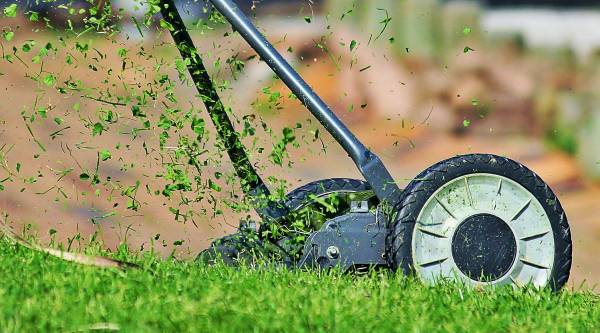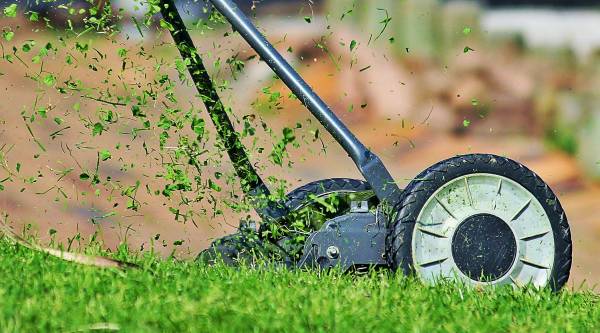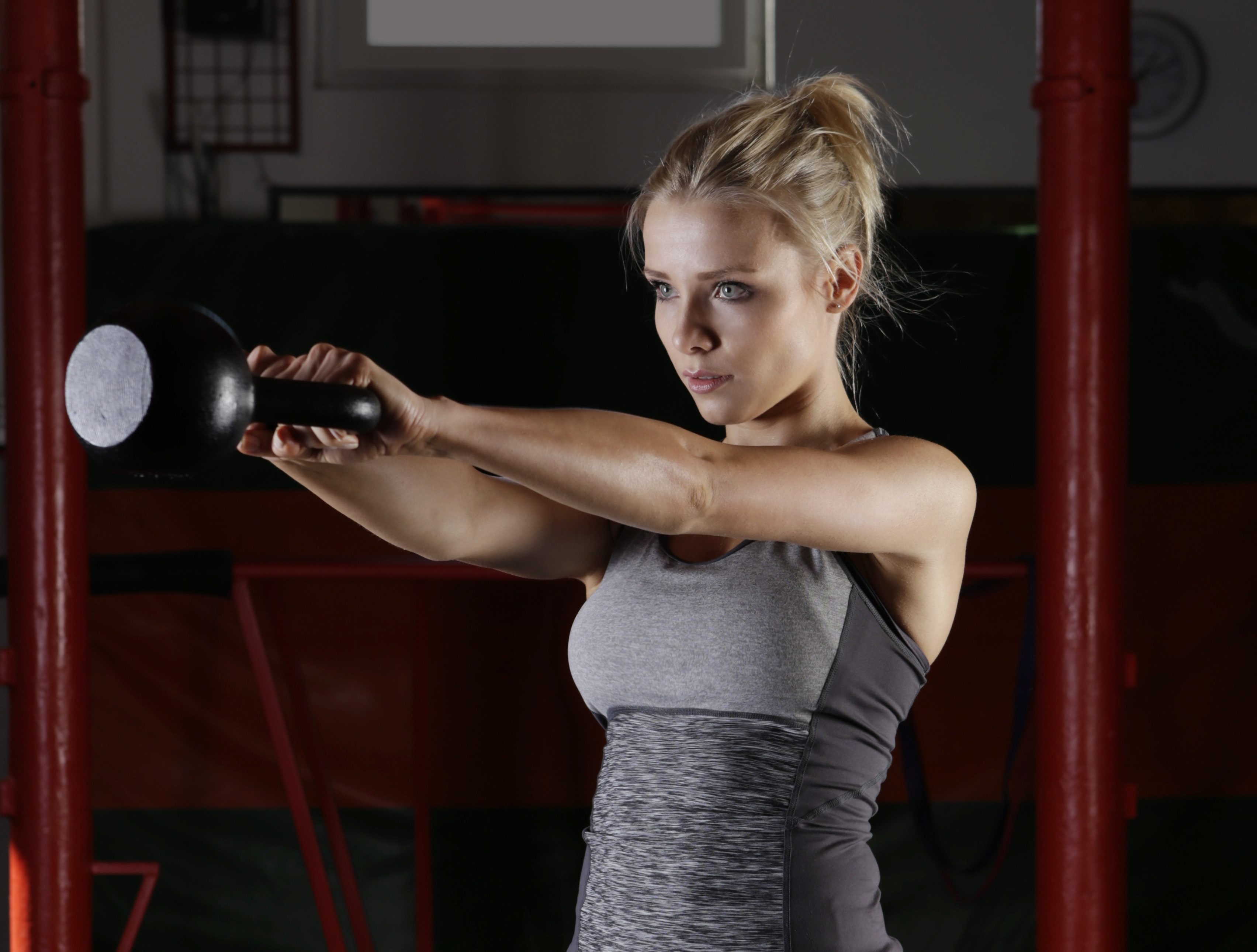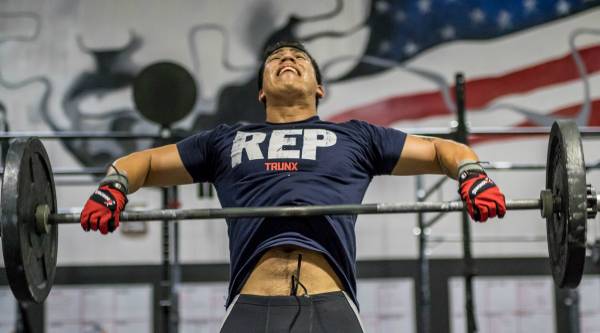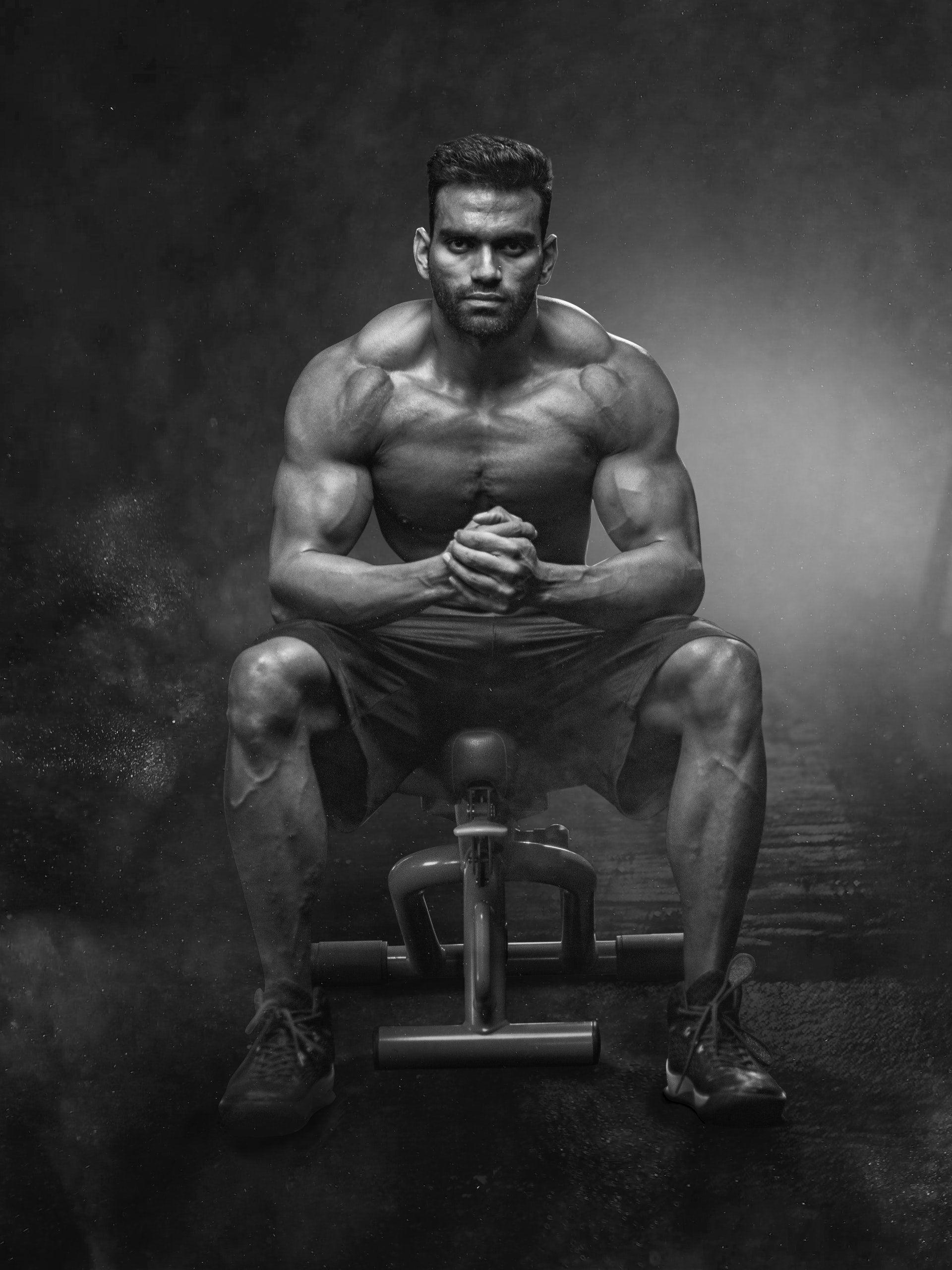I recently shared a few of my go-to programs for
endurance and
strength. When combined, these programs will take you about an hour a day for six days a week.
But what you do with the other 162 hours of your week makes a big difference, too. Researchers have found that people burn up to 2,000 more calories a day just by their non-exercise related activities.
It seems the small changes in your life can be the difference between seeing your abs and not.
Pushing a mower instead of riding on one for an hour a week can add up to a big change. (Photo courtesy Pixabay)
Tip the Calorie Equation
James Levine has done a great deal of research on the topic of energy expenditure. The “calories in” side of the energy expenditure equation is pretty simple.
“Calories out” is more complicated, and is affected by:
- Our body composition (more muscle burns more calories)
- Thermic effect of food
- Our activity (in and out of the gym)
Levine found that for two adults of similar size, daily energy expenditure varied by as much as 1,000 to 2,000 calories per day. He hypothesized that much of this variation comes from our non-exercise activities.
We often focus on programming our training, but we spend most of our time outside the gym. We can boost our results from the gym by engaging in healthier behaviors in day-to-day activities, such as these:
Ditch the Car: Years ago, I read
French Women Don’t Get Fat. I might have missed the point, but what I remember is that many Europeans walk much more throughout the day. My Dutch friend,
Ellen Hamaker, describes riding a bicycle everywhere. In the United States, we often can’t ride our bike or walk to work. We don’t build communities that encourage physically moving ourselves from one location to the next. Instead, we rely on cars.
Take the Harder Route: Most of us opt for the elevator, rather than taking the stairs. We often look for the closest parking space, although the longer walk would do us well. Those less convenient non-exercise activities account for a great deal of our daily expenditure. Find those opportunities in your day-to-day life outside the gym. For example, one of my most relaxing activities is mowing my lawn with a
human-powered reel mower. The more active you are in everyday tasks, the more fitness you will have.
Stand at Work: James Levine also coined the phrase, ‘Sitting is the new smoking.” That may be a slight exaggeration, but sitting definitely prevents you from being in a more active position. Juliet and Kelly Starrett have been advocating standing desks for schools in their
Stand Up Kids program. This program has made great progress in helping kids live less sedentary lives. I made the switch to a standing desk about three years ago. I have a university office and a home office, with
different standing desks in each. Both are excellent. You can start out with an inexpensive solution by putting blocks under an existing desk. Test standing incrementally if you are used to sitting all day.
Compounding Effects of Small Changes
Many people think of change as a large and overwhelming task. But just like investing money leads to compounding interest, making small lifestyle changes
creates compounding effects.
For example, standing at work made me focus more on my posture. I stopped letting my pelvis have an anterior tilt and starting holding it in place. This in turn, helped my shoulder pressing, as it lined up my spine in a stacked position. At the same time, I started thinking about my feet. I now grip the ground more, and I have improved my arches. This patterning has changed the pronation of my feet and affected my knees in a positive manner when I squat.
Increase your non-exercise activities throughout the day. You might notice more fitness improvements than you would if you switched up your programming.
